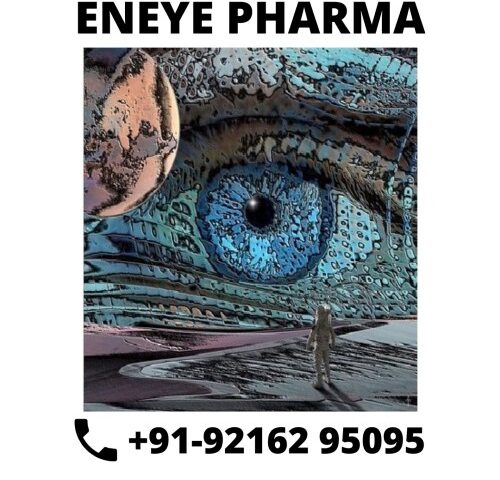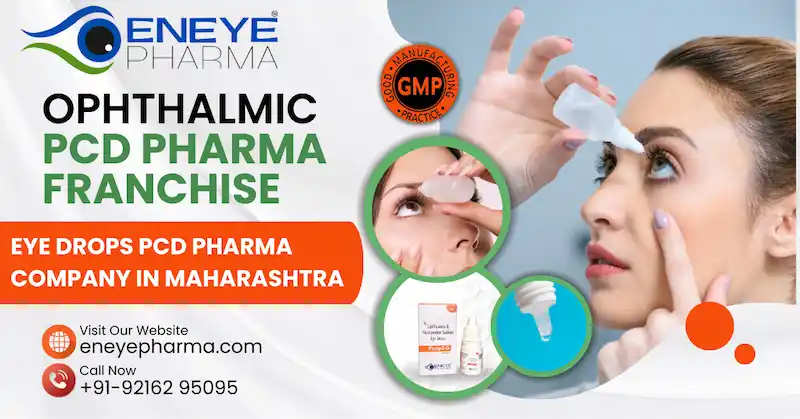- ENEYE PHARMA- Eye Drops PCD Pharma Franchise Company in PAN India.
- +91 9216295095
- eneyepharma@gmail.com
What are the 6 Things You Should Know About Ophthalmic Pharma?
Mostbet Türkiye Bahis Platformunun 2023 Yılında Güvenilir Incelemes
April 3, 2022Пин Ап казино ️ официальный сайт Pin Up casino онлай
June 18, 2022An ophthalmic pharma industry is a fast-growing segment of the healthcare industry that is continuously innovating. With new technologies and drugs coming to market on a frequent basis, it can be hard to keep up with all the changes and advancements in this field. Compared to other pharmaceuticals, ophthalmic tend to be small molecules that come in single-use containers being delivered directly into the eye. If you’re considering entering the ophthalmic pharma industry as a pharma business owner, it’s important to have an understanding of this niche market. The following blog will help you understand what makes this segment so unique, along with some insider tips for those looking to start in this space. Keep reading to learn more about the dynamic nature of the ophthalmic pharmaceutical industry.
What is Ophthalmic Pharma Science?
Ophthalmic pharma science is the study of drugs to treat eye-related conditions. This multi-billion industry is one of the fastest growing sub-categories of the healthcare economy. The ophthalmic industry has a long history, dating all the way back to the Egyptians and the Chinese. In these early civilizations, ointments made from honey and herbs were used to treat eye infections. These were the first forms of ophthalmic drugs. Today, there are billions of dollars of investment in the development of new ophthalmic drugs. The use of eye products is in treating a wide array of eye-related conditions, such as glaucoma, macular degeneration and diabetic retinopathy.
Why is the Ophthalmic Industry so Unique?
Ophthalmic industry is a unique segment because drugs must pass through the eye’s natural defense system before reaching the retina. This makes regulatory process even more complicate, since FDA must review efficacy, safety and ocular penetration data for each drug. Additionally, ophthalmic drugs must be administer through a variety of methods, such as eye drops, ointments, gels, patches or even lasers. This makes the manufacturing process even more complex. Since production of each type of ophthalmic drug is to be safe and effective in a specific way. These factors make the ophthalmic industry an even more diverse and dynamic space. Development and manufacturing of wide variety of products process each year.
Drug Development in the Ophthalmic Pharma
The drug development process for ophthalmic drugs is very similar to that of other pharmaceutical products. However, there are a few key distinctions that make this process even more complex in the ophthalmic space. First, the discovery phase of the process takes longer for ophthalmic drugs. This is because there is a much longer lead time when administering these products to the eye, which is dependent upon patients’ blinking patterns. Some ophthalmic drugs can take up to a year to fully be administered to the eye. Thus, makes it harder for researchers to gather accurate data during this phase.
Secondly, clinical trials in the ophthalmic industry are more complex than other sectors. It is typically recommended that patients already have a baseline level of vision before beginning a trial. Thus, the trial groups are smaller than those in other industries.
Thirdly, ophthalmic space is heavily regulated by the FDA, since the eye is a sensitive organ with a complex structure. This makes it more difficult for pharmaceutical companies to get products approval for use.
6 Crazy Things You Should Know About Ophthalmic Drugs
– Drug Delivery Systems: Use of drug delivery systems is to optimize the amount of drug delivering to the eye, as well as its residence time in the eye.
– The Blue Zone: The blue zone is an area within the eye where halting of drug’s penetration is because of the increase of pressure in this area.
– The Pink Zone: The pink zone is an area within eye where halting of drug’s penetration is because of lack of pressure in this area.
– The Goldilocks Zone: The Goldilocks zone is an area within eye where halting of drug’s penetration is at the right amount. Retinal blood vessels indicates this area.
– Penetration Pathways: Penetration pathways are the ways in which drugs are penetrating into the eye. Penetration pathways fall under the following categories: Corneal, intraocular or both.
– Regulatory Process: The regulatory process for ophthalmic drugs is more complex than other pharmaceuticals. This is because the drug has to pass through the eye’s natural defence system before reaching the retina.
– Manufacturing Process: The manufacturing process for ophthalmic drugs is significantly more complex than other pharmaceutical products. This is because of the fact that production of each type of ophthalmic drug is to be safe and effective.
Conclusion
Use of ophthalmic drugs are as first-line therapy or as maintenance dosage after treatment. Typically, people don’t think about ophthalmic medicines very often—except when they need them. When we have an eye problem, it tends to dominate our thinking for days until we get the appropriate treatment. Long known as the “hidden segment” of the drug industry, ophthalmic sales exceeds with specialty in contact lens solutions, drugs for glaucoma, cataracts, artificial tears and other topical products used to treat dry eyes and other diseases of the eye.


